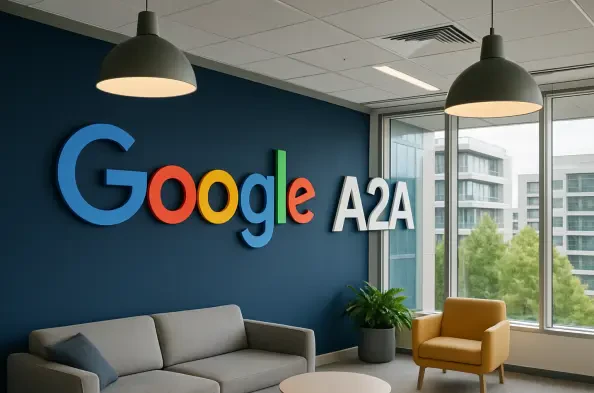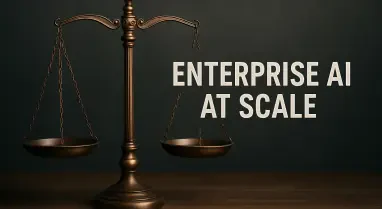Welcome to an insightful conversation with Vernon Yai, a renowned data protection expert with deep expertise in privacy protection and data governance. With a focus on risk management and innovative techniques for safeguarding sensitive information, Vernon is uniquely positioned to discuss the latest advancements in AI agent communication protocols, particularly Google’s recent update to the Agent2Agent (A2A) protocol. In this interview, we dive into the significance of this update for enterprises, exploring how it enhances communication between AI agents, bolsters security, and streamlines development processes. We’ll also touch on the broader implications for businesses navigating complex, distributed systems and the evolving landscape of AI integration.
Can you break down what the Agent2Agent (A2A) protocol is and why its latest update to Version 0.3 is significant for enterprises?
Absolutely. The A2A protocol is an open-source framework designed to facilitate seamless communication between AI agents, particularly in enterprise environments. Its main goal is to ensure that agents—whether they’re handling data processing, automation, or decision-making—can interact efficiently across different systems and platforms. The update to Version 0.3 is a big step forward because it addresses critical challenges like performance bottlenecks and security gaps in agent communication. By incorporating modern tools and enhanced integrations, it makes the protocol more robust and adaptable for large-scale business needs, ensuring smoother operations in complex workflows.
How does the addition of gRPC to A2A Version 0.3 enhance its capabilities for businesses?
gRPC is a high-performance framework that allows applications to communicate with each other through remote calls, even if they’re running on different machines or coded in different languages. Its integration into A2A Version 0.3 is a game-changer because it significantly boosts the speed and efficiency of agent communication compared to older methods like traditional HTTP. For enterprises, this means faster data exchange and lower latency, which is crucial for real-time operations. Additionally, gRPC’s support for multiple programming languages makes it easier for businesses with diverse tech stacks to integrate A2A without needing to overhaul their existing systems.
In what ways does gRPC support in A2A improve real-time multi-agent orchestration?
gRPC’s low-latency and high-throughput capabilities are tailor-made for real-time multi-agent orchestration. This means multiple AI agents can work together almost instantaneously, coordinating tasks across distributed systems with minimal delay. Imagine a logistics company managing a fleet of delivery drones—each drone’s agent needs to communicate location, status, and routing updates in real time to avoid collisions and optimize paths. gRPC in A2A ensures these interactions happen swiftly and reliably, making the protocol highly adaptable for such complex, time-sensitive applications.
What are signed security cards, and why are they such an important feature for A2A’s enterprise users?
Signed security cards are a new security feature in A2A Version 0.3 that cryptographically verify the identity of AI agents. Think of them as digital ID badges that prove an agent is legitimate and comes from a trusted source. For enterprises, especially large ones like Fortune 500 companies, this is critical because they can’t afford to deploy agents that might be compromised or unauthorized. This feature builds trust in agent interactions, ensuring that only verified agents are part of the system, which is essential for protecting sensitive operations and maintaining compliance with strict security standards.
How do signed security cards in A2A help mitigate risks for businesses?
These security cards are a powerful defense against a range of threats, such as impersonation attacks or unauthorized access by malicious agents. They help prevent scenarios where a rogue agent could infiltrate a system, steal data, or disrupt workflows, which could lead to reputational damage or financial loss. By enforcing strict identity verification, signed security cards also ensure that access control and runtime policies are adhered to, meaning only agents with the right permissions can perform specific actions. This creates a secure environment where enterprises can confidently scale their agent deployments without worrying about vulnerabilities.
Could you explain how A2A integrates with Google’s Agent Development Kit (ADK) and what that means for developers?
The integration of A2A with the Agent Development Kit (ADK) is a significant step toward simplifying agent creation and management. ADK is a framework for building AI agents, and with A2A baked directly into it, developers can create agents that automatically have A2A communication capabilities. This eliminates the need for separate integration work, saving time and reducing complexity. For developers, it’s like having a pre-built messaging system in their toolkit—it streamlines the process of setting up agent interactions, making it easier to focus on building innovative solutions rather than wrestling with connectivity issues.
What’s the impact of the extended client-side support in the Python SDK for A2A on development workflows?
The extended client-side support in the Python SDK is a huge win for developers who rely on Python, which is one of the most popular languages for AI and data science. This update makes it much simpler to create and manage A2A agents directly within Python environments, reducing the learning curve and technical friction. It speeds up the entire development cycle—from building to testing to deploying agent workflows—because teams can stay within their existing toolchains. For enterprises, this translates to faster innovation and quicker deployment of AI solutions, which is always a competitive advantage.
How do you see partnerships and marketplaces contributing to the wider adoption of A2A in the enterprise space?
Partnerships and marketplaces play a pivotal role in spreading A2A’s reach. Through initiatives like the AI Agents Marketplace, Google is enabling partners to distribute A2A-supported agents, which exposes the protocol to a broader audience of businesses. This ecosystem approach not only accelerates adoption but also fosters collaboration, as partners can build specialized agents tailored to specific industries or use cases. Additionally, tools like evaluation services tied to A2A allow enterprises to assess agent systems before deployment, building confidence in the technology. It’s a smart strategy to create a network effect, where more users and developers drive further innovation and adoption.
What is your forecast for the future of AI agent communication protocols like A2A in the enterprise landscape?
I believe protocols like A2A are poised to become foundational in the enterprise AI landscape over the next few years. As businesses increasingly rely on multi-agent systems for automation and decision-making, the need for standardized, secure, and high-performance communication will only grow. A2A’s focus on enterprise-grade security and seamless integration positions it well to capture a significant share of this market, especially for companies tied to certain tech ecosystems. However, the competition with other protocols will push further innovation, likely leading to even more robust features around interoperability and ease of use. Ultimately, I expect these protocols to evolve into invisible yet critical infrastructure, much like how internet protocols underpin modern connectivity today.






